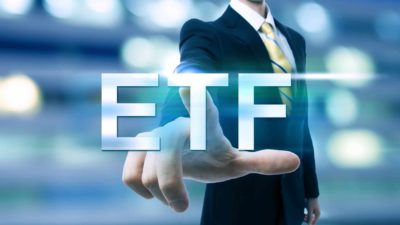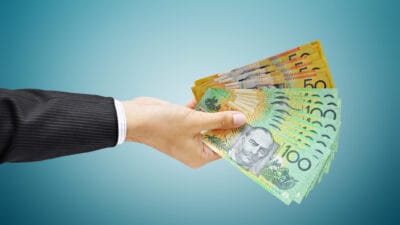The Vanguard Australian Shares Index ETF (ASX: VAS) is a rather unique exchange-traded fund (ETF) on the ASX. For one, it is the ASX's most popular ETF, and by a mile too. More ASX investors trust this ETF with their money than any other on the market.
But something else makes this fund a unique one: its structure. Our share market is home to many different ASX-based index funds. But the vast majority of these track the ubiquitous S&P/ASX 200 Index (ASX: XJO).
There's the iShares Core S&P/ASX 200 ETF (ASX: IOZ), the SPDR ASX 200 Fund (ASX: STW), and the BetaShares Australia 200 ETF (ASX: A200). All of these ETFs mirror the ASX 200 Index, and thus hold the largest 200 shares by market capitalisation in their underlying portfolios.
But not the Vanguard Australian Shares ETF.
Instead of the ASX 200, the Vanguard ETF tracks the S&P/ASX 300 Index (ASX: XKO). As you might guess, this index adds another 100 companies to the ASX 200, meaning that it follows the largest 300 shares on the ASX by market cap. The Vanguard Australian Shares ETF is the only ASX index fund that does this.
But it's one thing to be unique and special. It's another to do things differently and get your investors a better return doing so.
So does Vanguard's unique approach pay off for investors?
ASX 200 vs. ASX 300
Well, there are certainly some benefits that are easy to identify. Vanguard's ASX 300 ETF is inherently more diversified than an ASX 200 ETF, simply by virtue of its inclusion of ASX shares in its portfolio.
Investors in an ASX 200 ETF will find they have large weightings toward our biggest banks and miners. But an ASX 300 ETF would have slightly less weighting to its top, since it has to make room for those additional 200 companies at the bottom.
We can see this in action if we check out some ETF portfolios. As of 31 December 2022, the iShares Core ASX 200 ETF's portfolio had BHP Group Ltd (ASX: BHP) as 11.4% of the fund's total holdings. Commonwealth Bank of Australia (ASX: CBA) was next up with 8.3%.
In contrast, Vanguard's Australian Shares ETF has BHP at 1.78% of its portfolio, with CBA at 8.11%. Those may seem like small differences, but they can have an impact on a portfolio's performance over time.
But let's stop beating around the bush and compare some hard numbers. That's the only real way we can judge if Vanguard's ASX 300 approach is a superior one.
Does the Vanguard Australian Shares ETF pay off?
So as of 31 December, the iShares ASX 200 ETF had returned -1.07% over the preceding 12 months. Over the three years to 31 December, it averaged a 5.5% per annum return. That rises to 7.01% per annum on average over five years, and 8.43% per annum over ten. These returns assume any dividend distributions are reinvested.
In the Vanguard ETF's case, we have a return of -1.78% over the 12 months to 31 December. But over three years, this ETF has averaged 5.58% per annum. Over five, that's 7.09%, rising to 8.54% over ten years:
So it appears that on every performance metric, aside from the past 12 months, Vanguard's ASX 300 approach has delivered better returns for its investors than a typical ASX 200 ETF.
Case closed? Well, certainly over the past ten years, it was better to have owned the Vanguard Australian Shares ETF than an ASX 200 ETF. But past performance is no guarantee of future returns, so perhaps the ASX 200 ETFs will have their revenge over the next decade.









